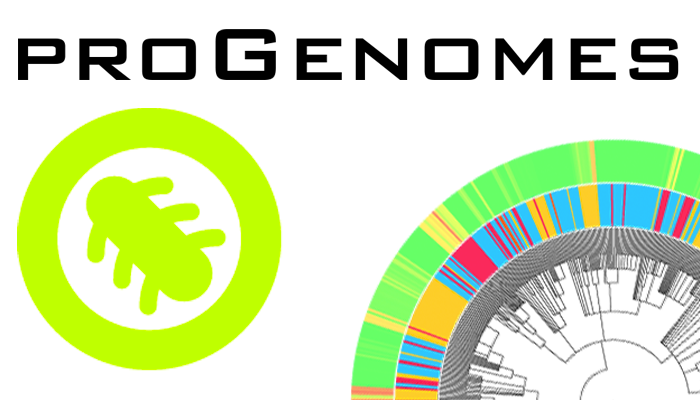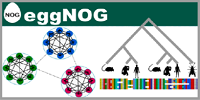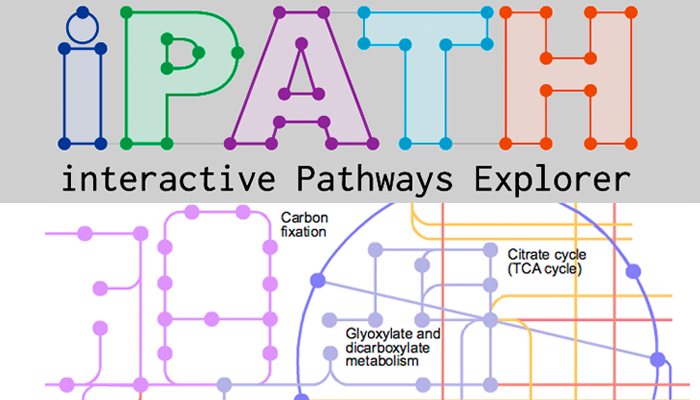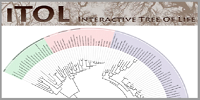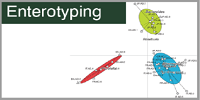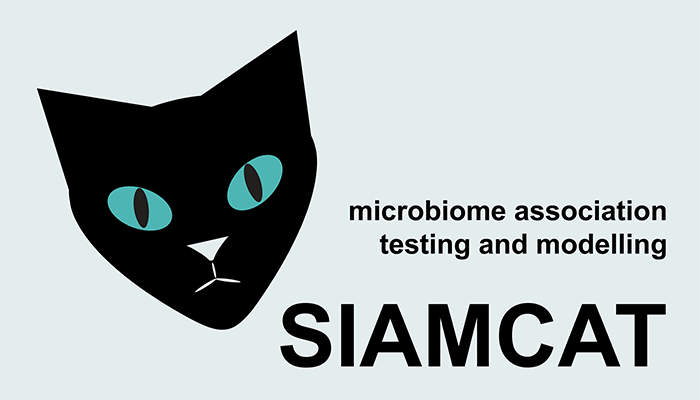
Homepage Binaries Container Documentation
Contact: christian.schudoma@embl.de
Version: 1.0.1
Give feedback
Publications:
Coelho et al., NG-meta-profiler: fast processing of metagenomes using NGLess, a domain-specific language. 1. 2019. PMID: 31159881
Homepage Documentation
Contact: christian.schudoma@embl.de
Version: 2.0
Give feedback
Publications:
Mende et al., proGenomes2: an improved database for accurate and consistent habitat, taxonomic and functional annotations of prokaryotic genomes. D1. 2020. PMID: 31647096
Mende et al., proGenomes: a resource for consistent functional and taxonomic annotations of prokaryotic genomes. D1. 2017. PMID: 28053165
Homepage Biological data Source code Container Documentation
Contact:
Version: 2.5.1
Give feedback
Publications:
Milanese et al., Microbial abundance, activity and population genomic profiling with mOTUs2. 1. 2019. PMID: 30833550
Sunagawa et al., Metagenomic species profiling using universal phylogenetic marker genes. 12. 2013. PMID: 24141494
Homepage Biological data Documentation
Contact: christian.schudoma@embl.de
Version: 5.0
Give feedback
Publications:
Huerta-Cepas et al., eggNOG 5.0: a hierarchical, functionally and phylogenetically annotated orthology resource based on 5090 organisms and 2502 viruses. D1. 2019. PMID: 30418610
Huerta-Cepas et al., eggNOG 4.5: a hierarchical orthology framework with improved functional annotations for eukaryotic, prokaryotic and viral sequences. D1. 2016. PMID: 26582926
Powell et al., eggNOG v4.0: nested orthology inference across 3686 organisms. Database issue. 2014. PMID: 24297252
Powell et al., eggNOG v3.0: orthologous groups covering 1133 organisms at 41 different taxonomic ranges. Database issue. 2012. PMID: 22096231
Muller et al., eggNOG v2.0: extending the evolutionary genealogy of genes with enhanced non-supervised orthologous groups, species and functional annotations. Database issue. 2010. PMID: 19900971
Jensen et al., eggNOG: automated construction and annotation of orthologous groups of genes. Database issue. 2008. PMID: 17942413
Homepage Documentation
Contact: christian.schudoma@embl.de
Version: 3.0
Give feedback
Publications:
Darzi et al., iPath3.0: interactive pathways explorer v3. W1. 2018. PMID: 29718427
Yamada et al., iPath2.0: interactive pathway explorer. Web Server issue. 2011. PMID: 21546551
Letunic et al., iPath: interactive exploration of biochemical pathways and networks. 3. 2008. PMID: 18276143
Homepage User manual
Contact: christian.schudoma@embl.de
Version: 5.0
Give feedback
Publications:
Letunic & Bork, Interactive Tree Of Life (iTOL) v4: recent updates and new developments. W1. 2019. PMID: 30931475
Letunic & Bork, Interactive tree of life (iTOL) v3: an online tool for the display and annotation of phylogenetic and other trees. W1. 2016. PMID: 27095192
Letunic & Bork, Interactive Tree Of Life v2: online annotation and display of phylogenetic trees made easy. Web Server issue. 2011. PMID: 21470960
Letunic & Bork, Interactive Tree Of Life (iTOL): an online tool for phylogenetic tree display and annotation. 1. 2007. PMID: 17050570
Homepage User manual
Contact: christian.schudoma@embl.de
Version: 2.0
Give feedback
Publications:
Costea et al., Enterotypes in the landscape of gut microbial community composition. 1. 2018. PMID: 29255284
Arumugam et al., Enterotypes of the human gut microbiome. Nature 7346. 2011. PMID: 21508958
Homepage Bioconductor Source code Vignette
Contact: christian.schudoma@embl.de
Version: 1.9.0
Give feedback
Publications:
Wirbel et al., SIAMCAT: user-friendly and versatile machine learning workflows for statistically rigorous microbiome analyses bioRxiv. 2020. doi:10.1101/2020.02.06.931808

